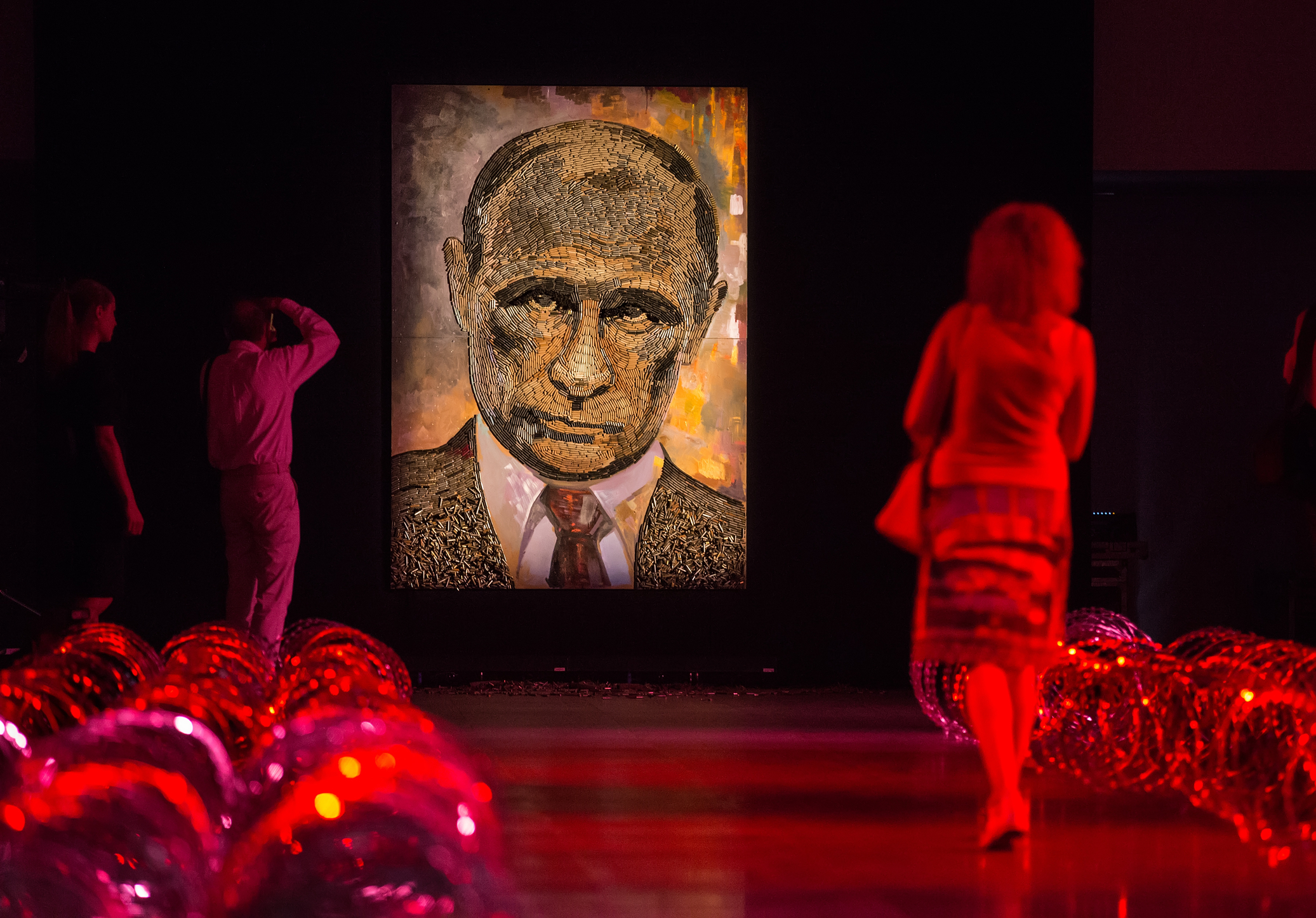Putin’s Election and His War with the West
Vladimir Putin’s 87.3% of the votes in undemocratic and rigged elections marks his best result in history (officially declared turnout was 77.4%).
Consequently, the Kremlin can argue that its policies, including its war against Ukraine, enjoy broad societal support.
Ramping up Putin’s conflict with the West, who won’t abandon two fundamental goals, is highly likely.
Firstly, he will increase his efforts to crush an Ukrainian resistance.
Secondly, he will try to deploy significant military forces on its Western border, thus continuously threatening NATO, particularly its members along the Eastern Flank.
As noted by Agnieszka Legucka, a leading expert on Russia from the Polish Institute of International Affairs (PISM): “Pro-Kremlin media have utilized the failure of the Ukrainian offensive last year, as well as the difficulties in acquiring weapons by the Ukrainian army, to reinforce Putin’s image as the defender of Russia”.
Legucka also concluded that “the extension of Putin’s rule will mean an increasing militarization of Russia’s socio-political and economic life. Putin will present the official results of the ‘elections’ as the consent of Russians to continue the war in Ukraine. He perceives it as one of the stages of confrontation with the West, which will entail an increase in hybrid actions against NATO countries”.
It is widely agreed that after the elections, the Kremlin will intensify its rhetoric regarding the use of nuclear weapons, aiming to weaken Western assistance to Ukraine.
NATO member states in Central and Eastern Europe try to react to these threats. There is a prevailing belief in the region that Russia’s pressure will not diminish but will even increase. For instance, General Wiesław Kukuła – who is the Chief of the General Staff of the Polish Armed Forces – warned that Russia is preparing for a conflict with NATO.
According to General Kukuła, as quoted by the Poland-based Defence24 press agency, Russia’s readiness for aggressive actions is driven by three factors: ideology, military power, and opportunities. “Russia is an opportunist and will exploit every chance and emerging weakness that can be operationalized to achieve its own interests,” said Kukuła, referring to the Western approach, which is considered by the Kremlin as a sign of weakness, fear, and indecision.
At the same time, Polish President Andrzej Duda appealed to NATO partners to allocate at least 3% of their GDP to defense. In the case of Western Europe, this is unlikely, but Central and Eastern European countries are actively striving for such a level. For instance, Lithuania, which currently spends 2.5% of its GDP on defense, has already adopted a plan to increase it to 3%. This is considered a baseline requirement for defense, while additional investments could be financed through loans.
Latvia, another vulnerable NATO member, it is expected to spend 2.4% of its GDP on defense this year. By 2025, the plan is to reach 2.5%. Meanwhile, Estonia aims to allocate at least 3% of its GDP to defense this year (up to 3.2%). This marks the first time Estonia has allocated more than 3% of its GDP to defense.
Romania plans to increase its defense spending by 25% this year, although it remains below the 2.5% commitment made by Bucharest after Russia’s attack on Ukraine. One of Romania’s significant actions is the decision to expand the Romanian Air Force 57th Air Base “Mihail Kogălniceanu” near Constanța on the Black Sea for USD 2.7 billion. Eventually, it will accommodate 10,000 soldiers and their families and will be larger than Ramstein in Germany.
Meanwhile, Central and East European (CEE) are taking unprecedented actions reminiscent of the Cold War era.
For example, in January 2024, Lithuania, Latvia, and Estonia signed an agreement to construct bunkers along the border with Russia and Belarus, forming the Baltic Defense Line. A total of 600 bunkers, each capable of accommodating 10 people along with equipment, will be built under this project, which is valued at approximately USD 10.9 million. Construction work is scheduled to commence in January 2025.
A similar initiative has been announced by Poland. Despite two years of ongoing war, Poland has yet to establish an effective civil defense system.
Many shelters constructed during the Cold War remain inactive. It was not until March 2024 that initiatives were launched to support the construction of shelters by local governments. Additionally, the Polish military plans to construct fortifications along the border.
NATO’s frontline states are increasingly considering the option of deploying landmines along the border with Russia. Although the use of landmines is prohibited under the Ottawa Treaty of 1997, there are arguments suggesting that the geopolitical environment has shifted significantly since then, and minefields could serve as a significant deterrent against potential Russian troop advances.
This strategic measure is particularly crucial for the most vulnerable states with limited strategic depth, such as Lithuania, Latvia, and Estonia. It is worth noting that both Ukrainians and Russians extensively use mines in warfare.
In mid-March 2024, reports emerged that Belarus, which remains under Russia’s control as a puppet state, had relocated some of its units to the Hozhski training ground (Hrodna region) near the Suwałki Gap, which is a narrow strip of land between Poland and Lithuania, sandwiched between Russia’s Kaliningrad Oblast and Belarus. It is a crucial area for NATO to provide ground support to Lithuania, Latvia, and Estonia.
While this development may raise concerns as troops are stationed near the border with Lithuania, experts from Central and Eastern Europe argue that the scale of mobilization should not be alarming. They view Belarus’s actions as a response to Exercise Steadfast Defender-24, which was NATO’s largest military exercise since the Cold War, involving over 90,000 troops from all 32 NATO Allies.
KIEV, UKRAINE – Aug 25, 2015: Portrait of Russian President Vladimir Putin made by bullet casings from the battlefields in the Donbas. Artist Daria Marchenko.
Photo 58667012 © Palinchak | Dreamstime.com

